In India, fake bodybuilding supplements are more widespread today than ever. This not only implies that the thousands of rupees that you spend on protein powders may be wasted, but there are also potential health risks. In this blog will discuss how Authentic Protein supplements like Explosive Whey differentiate from substandard Supplements.
Substandard supplements, which have a protein content of less than 20 gm/serving compared to Explosive Whey Protein which offers a higher protein content of 26 gm/serving created from premium whey, while the composition of the protein in Substandard Supplements comes from Shaddy ingredients and fillers.
These substandard supplements have a gritty, sand-like texture, in contrast to the smooth, creamy texture of Explosive Whey Athlete Series protein. Substandard Supplements are reasonably inexpensive, while Explosive Whey is a bit more expensive.
In terms of taste, Substandard Supplements are Unpleasant with an Overly Artificial flavor. Explosive Whey Athlete Series Protein, on the other hand, has a flavor that is neutral. Fillers, synthetic sweeteners, amino acid tampering, and low-quality protein mixes are among the substances utilized in Substandard Supplements, in contrast high quality whey, digestive enzymes, prebiotics, and probiotics are used to make Explosive Whey Protein.
How can you check if your supplement is fake or not?
How can one tell among authentic and fake goods? Simply follow our brief instructions to avoid wasting time looking for the right protein supplement.
The logo test
Check the product logo on the label and compare it to the manufacturer’s official logo. If there are any differences or inconsistencies, it may be a sign that the product is fake.
The seal test
Look for any seals or holograms on the product packaging that indicate authenticity. Check if the seals are intact, not easily removable, and match those of the manufacturer.
The mixing test
Some supplements may have a distinct color or texture when mixed with water. If the color or texture is significantly different from what is expected, it may be a sign that the product is fake.
The taste test
While not foolproof, if the taste of the supplement is significantly different from what is expected, it may be a sign that the product is fake.
The barcode/QR code test
Scan the barcode or QR code on the product packaging using a smartphone app to check if the product is registered with the manufacturer. If it is not registered or the information does not match the product, it may be a sign that the product is fake.
The MRP sticker test
Look for the Maximum Retail Price (MRP) sticker on the product packaging. If the MRP is significantly lower than what is expected for that product, it may be a sign that the product is fake.
There are several steps and tests you can take to determine if your supplement is fake or not. And if you still have any doubts about the authenticity or quality of your supplement, it’s always best to consult with a healthcare professional before taking it.

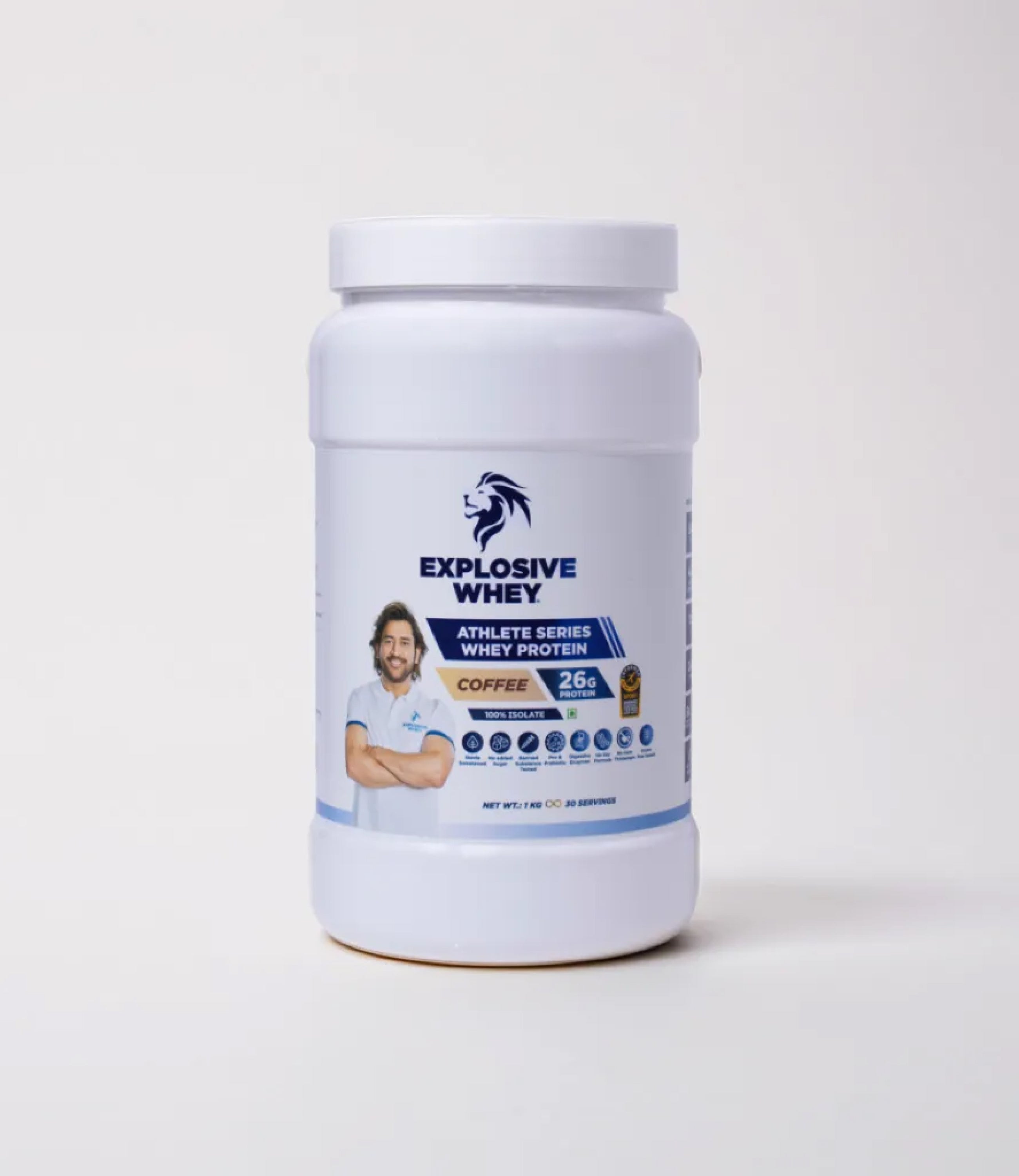
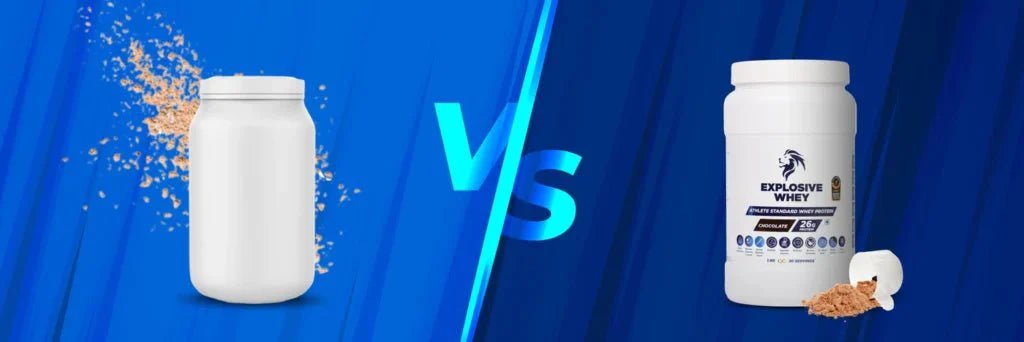

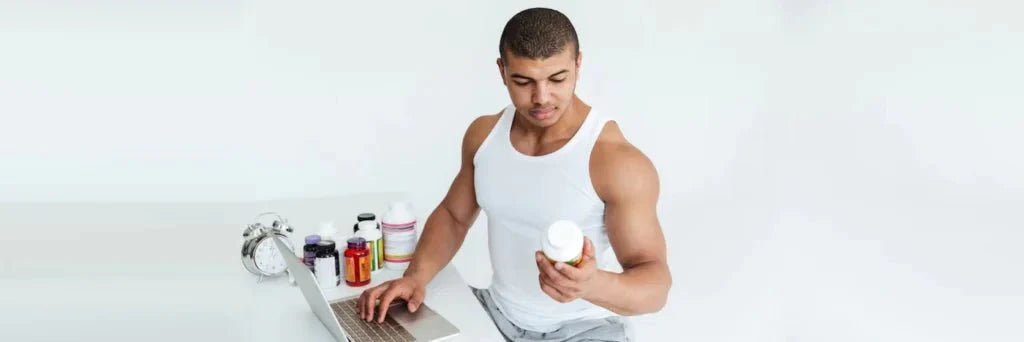
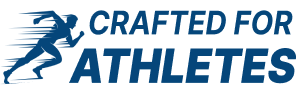


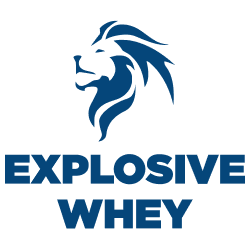
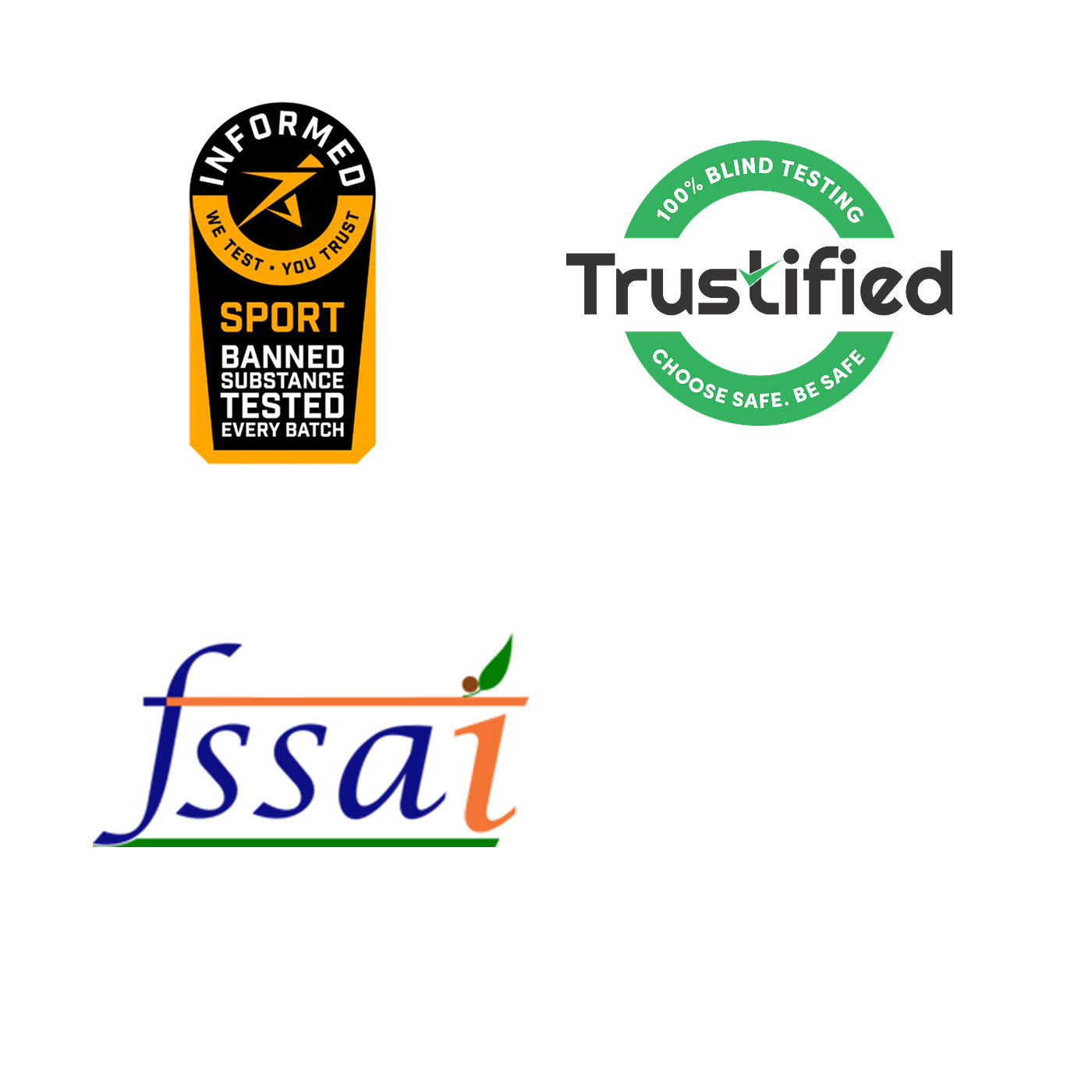
Leave a comment
This site is protected by hCaptcha and the hCaptcha Privacy Policy and Terms of Service apply.